“Good artists copy, great artists steal.”
Recognize that quote from Picasso? It touches on the idea that nothing is truly original, and as artists, everything we create is derivative in some way or another.
I’d like to take some time today to talk about creating master copies.
“But I thought copying was bad?!”
Straight-up copying IS bad in any kind of professional setting. Copying an entire image for a freelance project = not good. The keyword here is “professional.” Technically, if you’re copying an image for educational purposes, you should be good (as long as you don’t go around parading it on social media as if it was your own and you give credit to the original artist if you decide to share it online. When in doubt, always ask the original artist first, if they’re a contemporary artist that is).
So… why master copies?
I find master copies especially helpful for beginning artists (this is when I first learned about it), or when trying a new medium you’re not quite comfortable with. When I first learned about this way of practicing, it was for an assignment in school – we were to pick an image we really liked, and then copy it as closely as possible. The teacher wanted to be able to toggle back and forth between the layers (it was for a digital painting class) and not tell a significant difference between the two images. Below is the assignment I turned in.
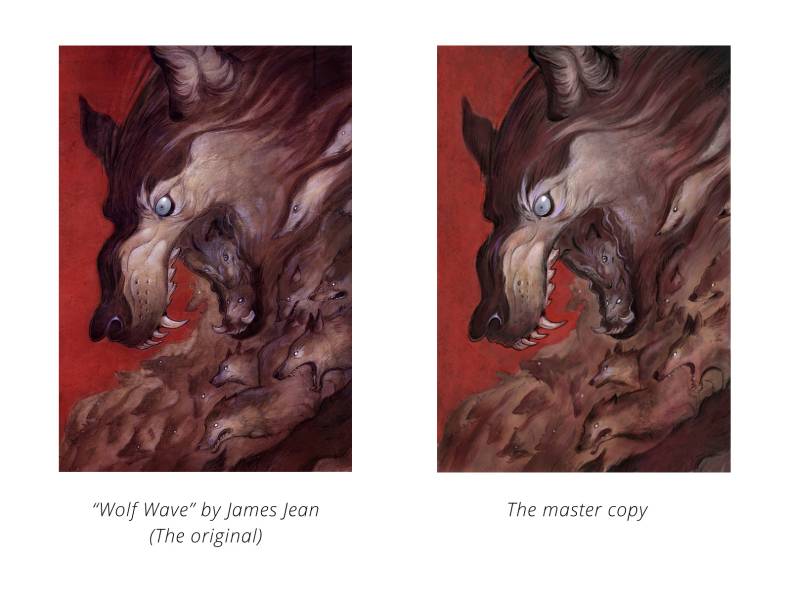
This was the master copy I created for my assignment in college.
But why such strict methodology? Why not take it about 80% of the way and call it good? The purpose of this practice is not necessarily to improve your understanding of lighting, color, or anatomy. The purpose is to build your confidence as an artist.
When you’re first starting out (or maybe you’ve been doing it for a while) you’re trying to close the gap between where you are now and being “professional.” You’re convinced that there is some kind of secret you don’t know about, or maybe a photoshop brush you haven’t found yet, and if you just read the right book, or watch the right Youtube video, that gap will close and you’ll officially be a professional artist. At least, that’s how I felt.
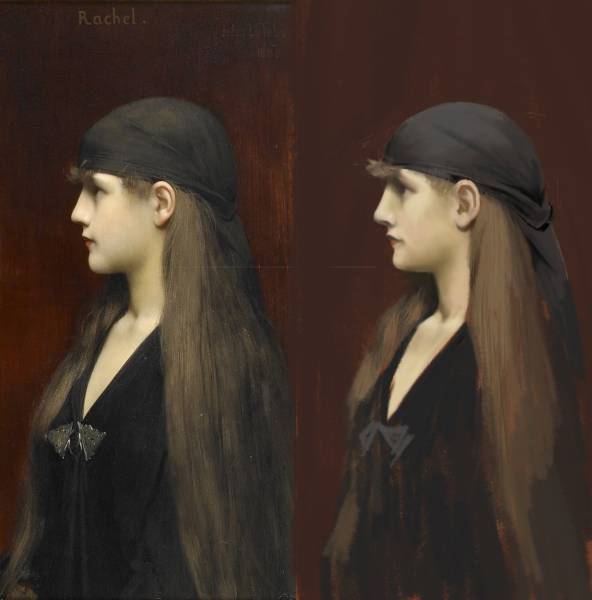
Another master copy I found on my hard drive from years ago. I could have taken this a step further and really refined the details.
When you commit to creating a master copy, one that is as close to the original as possible, it does two things:
- It helps you to realize how much time it takes to create a good piece. As a student, I originally thought 2-3 hours was a long time. I learned I should be putting in more time. You can elevate a piece if you are patient and take your time without rushing through it (this ignores the idea that the amount of time spent drawing/painting is the sole factor for success, i.e. “But I spent 30 hours on this!” but that’s a discussion for another time.). Sometimes you find the magic in that last 10% of a painting.
- You gain the confidence that the ability to create a professional-quality painting is possible for YOU. You see directly, for yourself, that you are capable and the potential to do so is already there. It helps immensely to have first-hand experience creating something with which you are happy, even if it is a copy.

This is one of my more recent master copies – a personal oil painting study of a popular image I found on Pinterest (I traced it back to this creator: https://www.flickr.com/photos/97213807@N00/316850655/). I wanted to study and learn how to manipulate oil paints better.
So, although creating master copies won’t immediately close the gap between student and professional artist, it can inspire you to continue making your own personal artwork and aid as a reminder that sometimes that gap is smaller than we think.
If you’re feeling inspired to try for yourself, here are a few steps:
- Choose a painting you really gravitate toward. Maybe something that is challenging and requires you to go outside your comfort zone.
- When I did these master copies, I did NOT draw from scratch, I traced over the original image and then continued from there. The reason I do this is that I’m not trying to prove to myself that I can draw (that is certainly a possible goal for another practice). I’m just focusing now on my replicating skills.
- Keep working on it till it’s done! This could take one hour, this could take twenty. The goal is to replicate a painting as closely as possible, not to finish it in a certain amount of time.
And that’s it! It’s a very educational and rewarding process, and it can also be quite relaxing – maybe a nice way to warm up for your freelance work or for your other studies.
Thanks for reading!


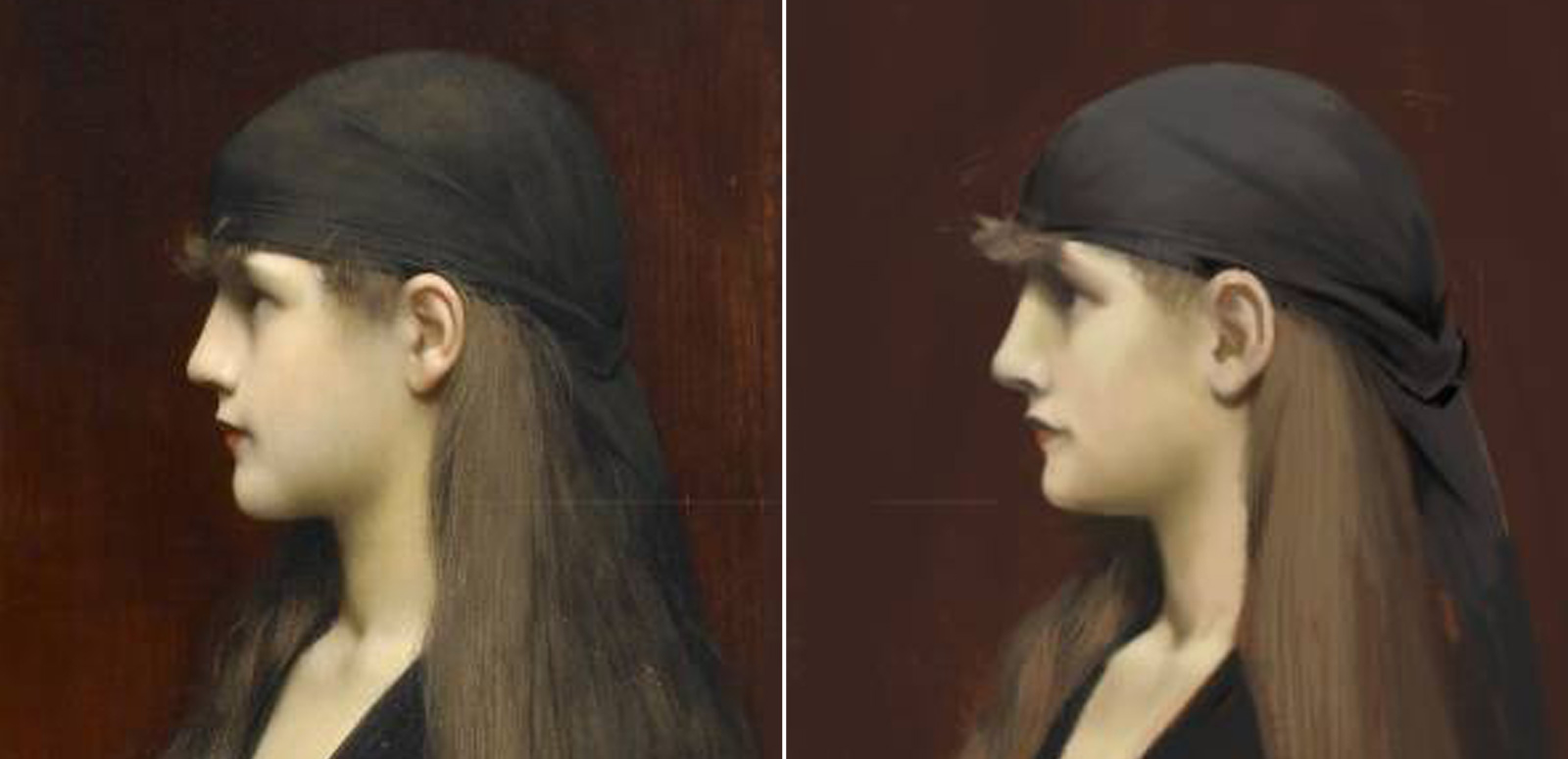
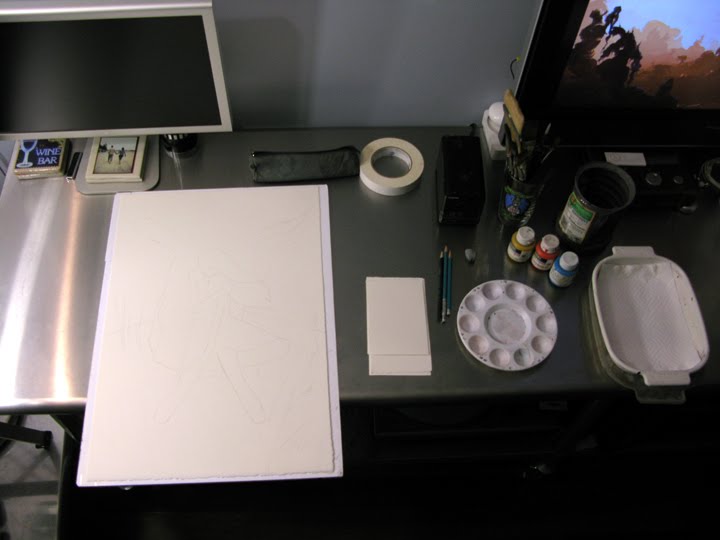
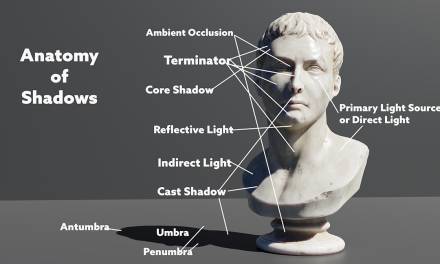
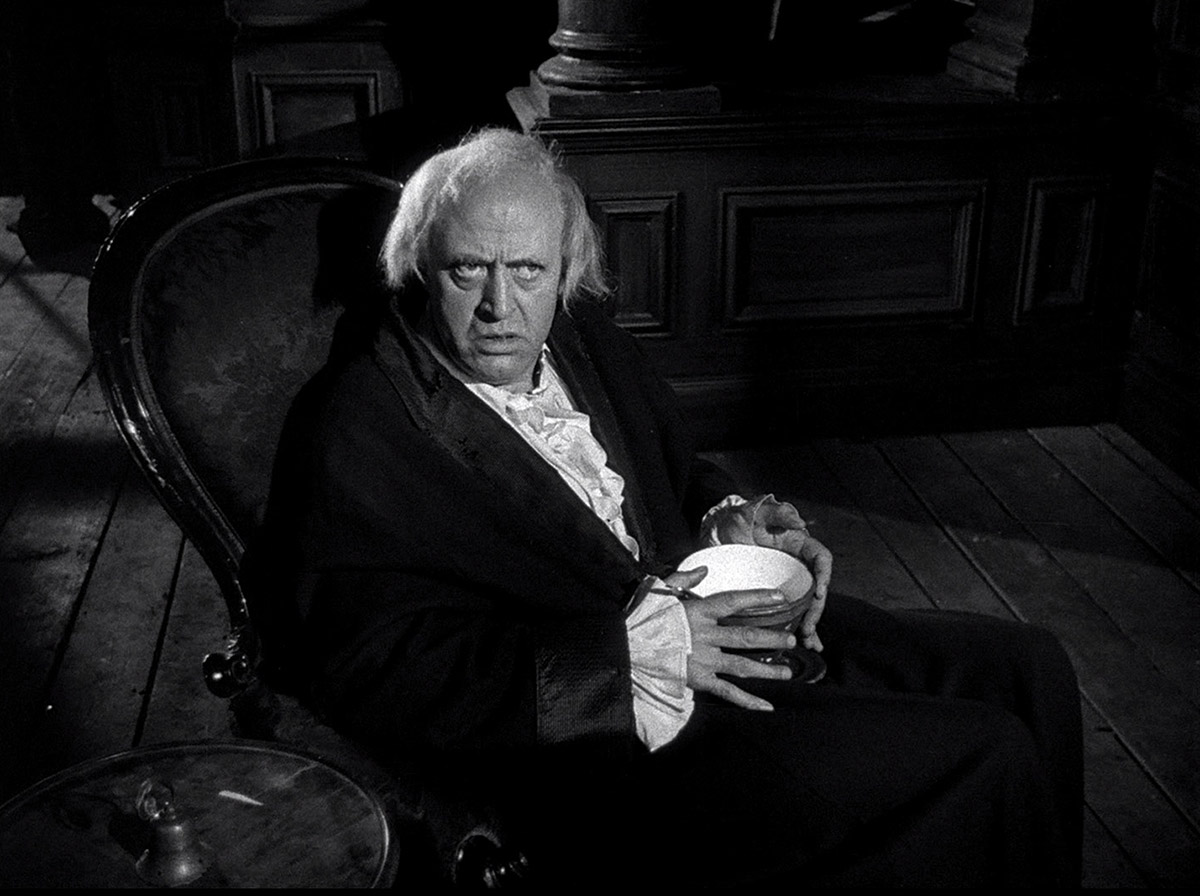
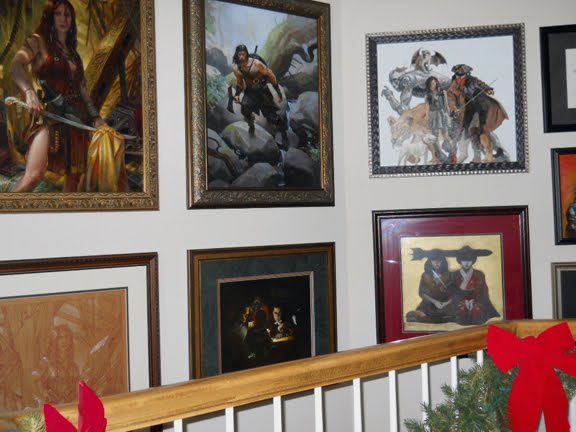
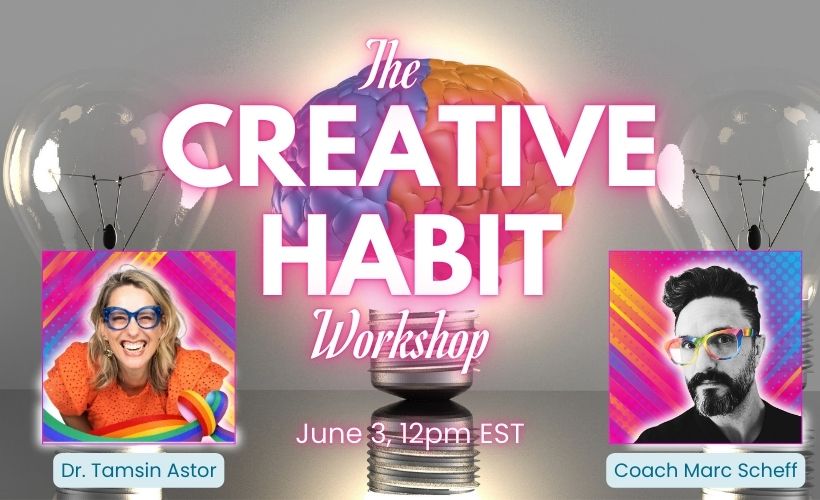
Another quote you may like is “art is based on art.” I completely agree about doing master studies ( I do them a lot but mostly simple statement studies.) but I run into 2 problems that I’d like to ask if you had any advice on. 1 . I lose all confidence when I go to do my own work becuase I now I’m comparing my creativity/ technique to a master. Almost everything I do for months after is just under a haze of “not good enough/ doomed to fail” and the only way I‘ve been able to counter that is by telling myself to ignore the study and just draw for me again which feels contradictory and seeing that gap is super demoralizing now that its mixed with my own work. Often worse is finding the original was done by a guy younger then me too.
2 even with tracing I still can’t copy them. For stylized artsits I can’t get that subtly/ concept that makes their art work and realistic artists (like Jon Sibbick) theres so much detail that even with a magnifying glass I couldn’t even start. I’d try copying them but the copies got worse with every mark and the artists alive I copy are mostly impossible to get ahold of (I really hope you talk about the more time doesn’t equal better results because I suffer from that constantly.) For me master studies have been extremely stressful and uncomfortable. A lot of teachers swear by them but for the life of me I feel like I must be doing something wrong because if anything I’ve gotten worse by doing them. Like I’m trying to learn how to bake a cake by only seeing the final result but never knowing the recipe. Any thoughts?
I’m a 1st-year art student. In my art school literally, one of the assignments is tracing an outline of the image, and then painting over it, to try and mimic what the original artist did as close as possible.
So we are learning how to build our confidence, practice brush strokes and technique, practice our ability to analyze and observe what’s in front of us or just get better. I always hear from my teachers: do master copies, do master copies.
It’s not the only thing we do, but it is a part of the process.
Another way is to paint your take on a classic. Van Gogh was inspired by Japanese wood block prints but emulated them in thick oil impastos. Frazetta took a classic Howard Pyle piece of a galleon and spun it into two very different works. Google Frazetta galleon and you’ll probably find both.
I appreciate the effort you put into this article, but I think it would be even better if you could dive a bit deeper into a specific aspect of the topic. For instance, could you provide more case studies or real-life examples to illustrate your points?
This post piqued my curiosity greatly, however I have a question. What other industries do you believe these tactics would be effective in? I work in the healthcare industry, and I’m wondering if some of these concepts would work there as well.